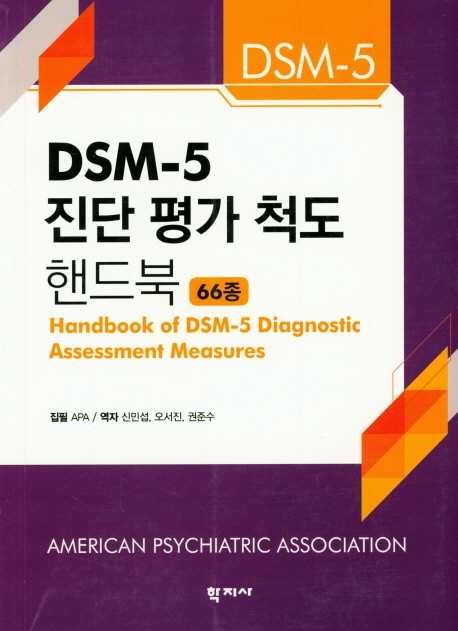
A survey of brain imaging studies on persons with ADHD revealed structural deficits (i.e., reduced volume of specific neurochemicals in areas of the basal ganglia and anterior cingulate cortex) in the brains of those who presented with a diagnosis of ADHD. However, brain imaging studies have identified long-term improvements in core symptoms. A major concern is the risk of children becoming overly dependent on medication. Pharmacotherapy is a frequently recommended treatment because it produces improvements in core ADHD symptoms, including hyperactivity, inattention and impulsivity. The heavy reliance on medication, specifically anti-depressants and psychostimulants, in the treatment of ADHD has raised concerns over side effects and addiction. Therapy and Treatment for Attention-Deficit Hyperactivity Disorder These symptoms cannot co-occur exclusively with other psychiatric or mental disorders.Ī diagnosis of ADHD can be predominately inattention, predominately hyperactive/impulsive or a combination of both.

Clinical impairment must be shown in social, academic or occupational functioning.

Hyperactivity-Impulsivity – Fidgets/squirms, leaves seat, runs about/climbs, difficulty playing quietly, often ‘on the go,’ talks excessively, blurts out answers before questions completed, difficulty waiting one’s turn, interrupts or intrudes on othersįor a diagnosis under DSM-5, several of these symptoms must be present before the age of 12, and must also be present across two or more settings (e.g., home and school). Inattention – Does not pay close attention to details, difficulty sustaining attention, does not listen when spoken to directly, does not follow instructions/finish schoolwork, difficulty organizing tasks/activities, avoids sustained mental effort, loses important things, easily distracted, forgetful Seen below, are examples of behavioral and cognitive symptoms from both categories referenced earlier. In addition, symptoms must persist for at least six months, and also be inconsistent with one’s developmental level (APA, 2013). Co-morbid disorders often associated with ADHD would include autism spectrum disorder, and a number of mood and anxiety disorders.įor a diagnosis of ADHD under DSM-5, a person must display at least six symptoms, whereas those over the age of 17 years must present with five symptoms from both categories (Inattention and Hyperactivity-Impulsivity). Impulsive actions often demonstrate a disconnect between executive functioning and actions. He/she may also have problems remaining seated, particularly during childhood years. Hyperactive symptoms may manifest themselves in the display of lot of excess motoric activity energy, rapid speech, fidgeting, etc. Inattention symptoms may include a short attention span and lack of response to verbal or gestural cues. Symptoms of Attention-Deficit Hyperactivity DisorderĪDHD symptoms fall into two primary categories: (1) inattention and (2) hyperactivity / impulsivity. About half of those with childhood ADHD will still have symptoms in adulthood.

Accordingly, DSM-5 has reclassified ADHD from “Disorders Usually First Diagnosed in Infancy, Childhood or Adolescence” to “Neurodevelopmental Disorders.” The worldwide estimate of ADHD prevalence in children is 5% (Cortese et al., 2012).

The new DSM-5 criteria seeks to improve the accuracy of the diagnosis of ADHD across all age groups. Nonetheless, some individuals may not receive a proper diagnosis until adulthood. Early diagnosis of ADHD, when early interventions can have the greatest effect, is being given greater attention in the psychological literature.
DSM 5 CODES FULL
DSM-5 has updated its criteria for ADHD to encompass the full life span experience of an individual with the disorder. DSM-5 Category: Neurodevelopmental DisordersĪttention-deficit hyperactivity disorder (ADHD) is a disorder with its onset in early childhood, and is characterized by symptoms of hyperactivity, inattention, and impulsivity that interfere with daily and occupational functioning.


 0 kommentar(er)
0 kommentar(er)
